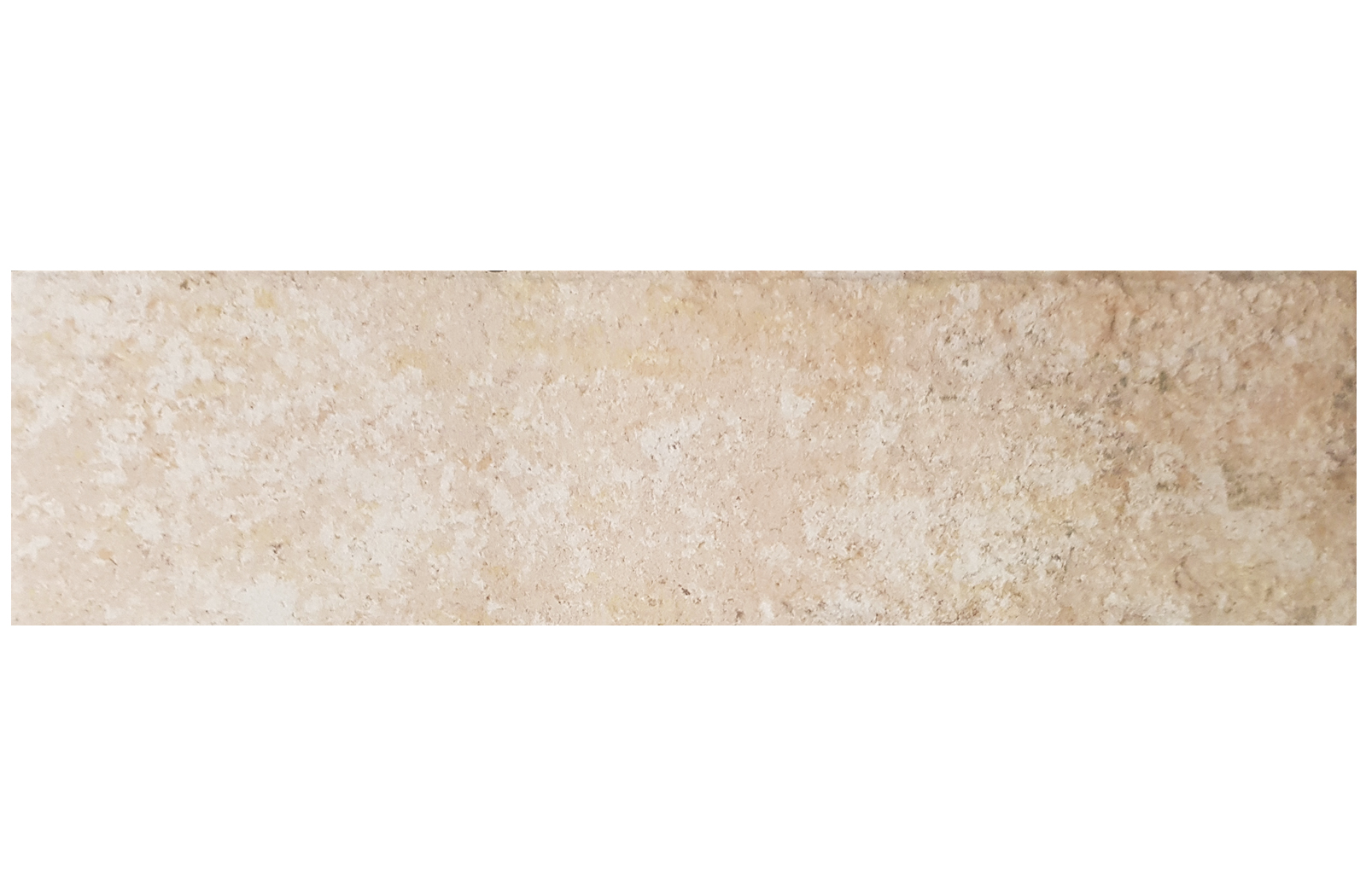Bamboo
With its minimalist appearance that evokes the clean, fluid lines of Oriental design, Bamboo textured stone collection is one of Salvatori’s most popular and enduring textures.
Inspired by the simple, pared-back forms of the Far East, it brings that sense of calm and harmony synonymous with centuries-old cultures and traditions that venerate the tiniest of details. The seamless grooved lines of Bamboo, running vertically or horizontally depending on preference, are ideal for any environment, with the tactile nature of gorgeous natural stone elevated by this classic, elegant design that is as contemporary today as when it was first introduced in 2003.
